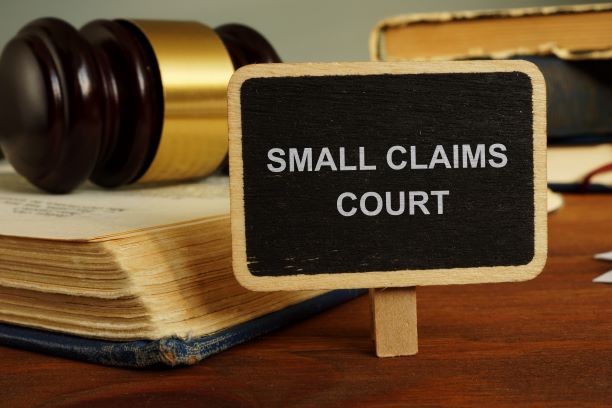Small claims court is becoming an increasingly alluring venue for swift and affordable business dispute resolution as small claims court dollar limits are rising. Subcontractors, suppliers, and customers, the people who are business owners depend on the most, can also be the source of all kinds of disagreements. Customers might default on payments, subcontractors might abandon incomplete work, and suppliers might produce inferior goods.
Business owners typically use small claims court for one of two purposes – to collect past-due debts or to settle disputes with clients or rival companies. Small claims lawsuits have effective procedures, unlike high-stakes cases that may drag on for years and cost a fortune. In court, the parties often represent themselves, and other states don’t allow lawyers at all.
Here are two types of hearing – physical and virtual. In the physical hearing, you can apply for small evidence in court. Whereas in a virtual hearing the evidence is submitted to the court and defendant before the hearing date. Some people are unaware of the procedure of submitting evidence to the court, which can be resolved through help from attorneys and law firms.
Dispute by Legalpine in San Francisco offers secretarial, mailing, and electronic scrivery services online. Dispute is only able to offer self-help services like submit evidence in court, at your special request because it is neither an attorney nor a law business. An attorney-client relationship is not created by your use of the Dispute services. Their purpose is to create a more equitable society by enabling everyone to utilize the government services to which they are legally entitled.
We have organized a small guide on how to provide evidence in small claim court –
- The first and foremost thing is to find out the evidence submission date. This way you will know the deadline and how much time you have for the submission.
- Now provide the main evidence to the court. This can be anything from photographs, and video/audio recordings to paperwork.
- Mention the title and date clearly on each piece of evidence for a better understanding of the judge as to when it was taken.
- If the evidence is in printed form, then it is wise to handwrite the date and title on each piece of evidence. Also mention why this evidence is important for the hearing.
- Include the date to the title of each attachment if you are providing the proof electronically.
- Also, include a description for each piece of evidence outlining its significance.
- Now you can choose in which form you want to submit the evidence or ask the court for their preference, which can be mail, drop box, or email.
- If you’re submitting it physically through mail or drop box, then submit only the copy and not the originals.
Also confirm from the court if any further additional information is needed with the evidence, for example, name of the party submitting, hearing date, case number, etc.
Small claims cases proceed swiftly, and the trip to present your case to the judge will just take five minutes. Try to go to the court where your case will be heard before your scheduled hearing. Study what other people do and how the person you chose reacts. This might help you put together an argument that has the best chance of becoming persuasive.

